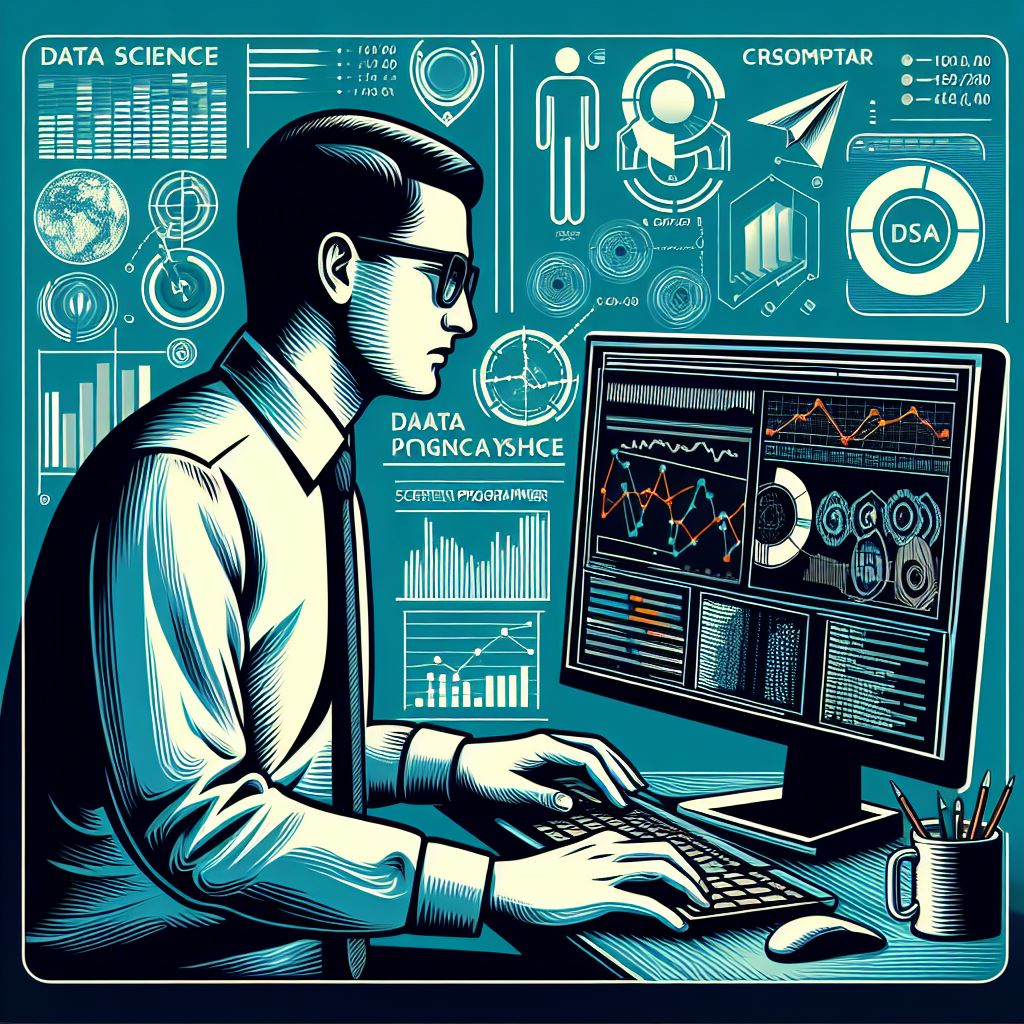Data science is revolutionizing industries by helping businesses make smarter decisions through insights derived from vast amounts of data. However, the true value of data becomes apparent only when it is effectively visualized. Data science visualization is the art of representing complex data in a visual context, enabling professionals to understand patterns, trends, and outliers in data. This process is crucial for decision-making, strategy development, and predictive analytics.
Visualization bridges the gap between raw data and actionable insights by making information more accessible and easier to interpret. In this article, we will explore why data visualization is a key component of data science and how it enhances understanding and decision-making.
Why Data Science Visualization Matters
At the heart of data science lies the process of analyzing data to derive actionable insights. However, raw data is often too complex to interpret at a glance. This is where data visualization comes into play. By transforming raw data into graphs, charts, heatmaps, and other visual formats, it helps users quickly identify key trends, patterns, and anomalies.
One of the primary reasons visualization is so effective in data science is that it takes advantage of the human brain’s ability to process visual information more rapidly than textual data. When complex data sets are displayed in charts or graphs, they become instantly more understandable. Whether it’s identifying correlations between variables or highlighting the impact of specific trends, visuals provide a clear representation of what the data reveals.
Common Types of Data Visualizations in Data Science
There are several types of visualizations used in data science, each serving a unique purpose based on the kind of data being analyzed:
Bar Charts – Ideal for comparing quantities across different categories, bar charts are commonly used in data analysis to showcase data points like sales or user engagement over time.
Line Graphs – Used primarily to visualize data trends over time, line graphs are effective for spotting patterns and changes in variables across a period.
Heatmaps – Heatmaps use color to show the intensity of values in a dataset. They are particularly useful for correlation analysis or showing the performance of certain metrics.
Scatter Plots – These plots help identify relationships between two continuous variables and are great for detecting outliers, clusters, or trends within data sets.
Pie Charts – Pie charts represent proportions and are helpful for showing how parts of a whole relate to one another, though they are best used with a small number of categories.
The Role of Data Visualization Tools
Several tools can help data scientists create powerful and effective visualizations. Popular tools like Tableau, Power BI, and Matplotlib in Python make it easy to generate complex visualizations without needing advanced design skills. These tools offer a range of customization options, allowing data scientists to tailor visualizations to suit the needs of their specific audience.
Benefits of Data Visualization in Data Science
The use of data science visualization brings numerous benefits to organizations and individuals who are involved in data-driven decision-making:
Improved Data Understanding – Visual representations of data make complex concepts easier to grasp, ensuring that data-driven decisions are based on clear, understandable insights.
Increased Engagement – Data visualizations are more engaging than raw data tables or text-heavy reports, which encourages stakeholders to interact with the data more actively.
Faster Decision-Making – Visualizing data allows for quicker identification of important trends and patterns, helping decision-makers act faster and more confidently.
Data Storytelling – Good visualizations can tell a story, making it easier to present findings to non-technical audiences. A compelling visual can highlight the most important insights and communicate them clearly.
Conclusion
Data science visualization is an essential part of data analysis and has become indispensable in modern data science workflows. The ability to quickly interpret large data sets and present actionable insights is crucial for businesses aiming to stay competitive. By leveraging the power of data visualization, organizations can not only make data more understandable but also enhance decision-making processes, drive performance, and gain a deeper understanding of the data they work with.
5
